Top brass: Neri & Hu design Comme Moi flagship in Shanghai
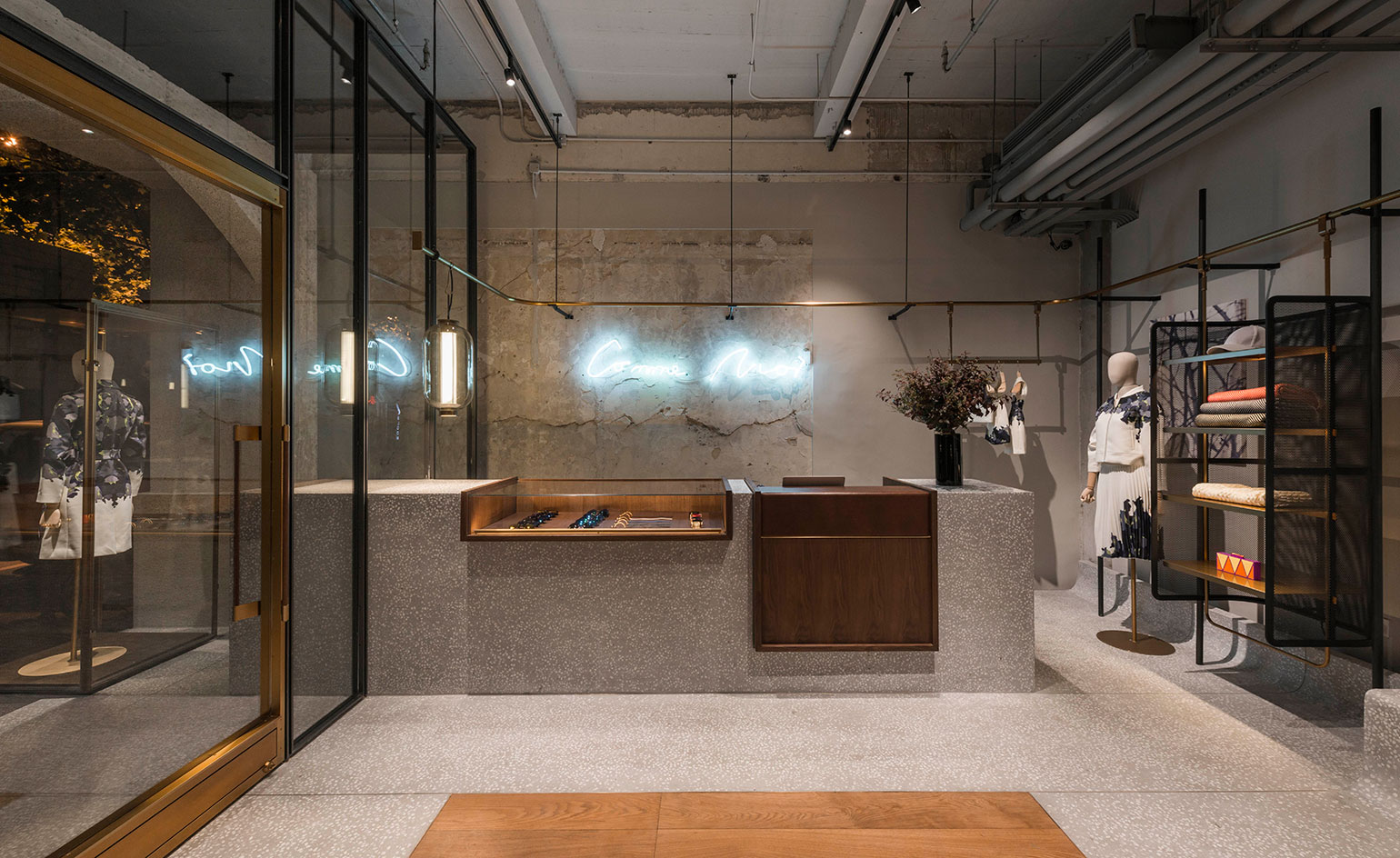
Chinese supermodel Lu Yan stayed close to home when it came to commissioning Shanghai-based designers Neri & Hu to create a new flagship store for her fledgling fashion brand Comme Moi.
Keeping an eye firmly on the city’s growing number of young, fashion-conscious buyers keen to invest in distinctive logo-free pieces, the label is known for its relaxed luxe look and wearable pieces, like this season’s abstract print piqué trench coat.
The new boutique, occupying a prime spot within Shanghai’s Art Deco Donghu Hotel, initially presented Yan with something of a challenge. Built in the 1920s, it had undergone numerous renovations, its myriad of previous tenants leaving traces behind.
Fortunately, this is an area where Lyndon Neri and Rossana Hu excel; tackling challenging heritage spaces is their specialty. You need only look to their basilica-inspired Capo Italian restaurant, housed in a 1911 Bund-side building, and their own Design Republic Commune hub, a colonial police station built in 1910, for proof.
In Comme Moi’s new home, they continued their trademark embrace of the past by blurring the line between old and new with a confident blend of rusticated modern luxe.
Upon entering, visitors are met with a sequence of four intimate chambers linked with a retro futuristic brass rail that flows continuously throughout the store. It not only acts as a unifying visual theme but also doubles as a distinctive frame for the designers’ metal mesh, cage-like cabinets. Other design highlights include a series of full-length mirrors dotted around the store that add a feeling of spaciousness.
‘The hanging system and display shelves were all custom-designed for the project and add to the intricacies of the space set against the simple and muted backdrop walls,’ explains Rossana Hu.
To complement the muted earthy palette, the designers also added their signature, subtly-lit Parachilna lighting and a collection of their perfectly crafted, high-design furniture for ClassiCon and Jean Prouvé.
Neri & Hu’s trademark style is also present in the bare concrete walls and the silver-grey terrazzo floors with oak inserts that run across the 150 sq m space.
‘The design concept came from working with the existing conditions, the walls are treated minimally while most of the articulation happens with the built-in furniture,’ Hu adds.
The flooring occasionally sweeps upwards in the form of a sculptural reception counter or arching bench, and extends outside to the store entrance where a mannequin in an elegant glass display case is installed to greet shoppers.
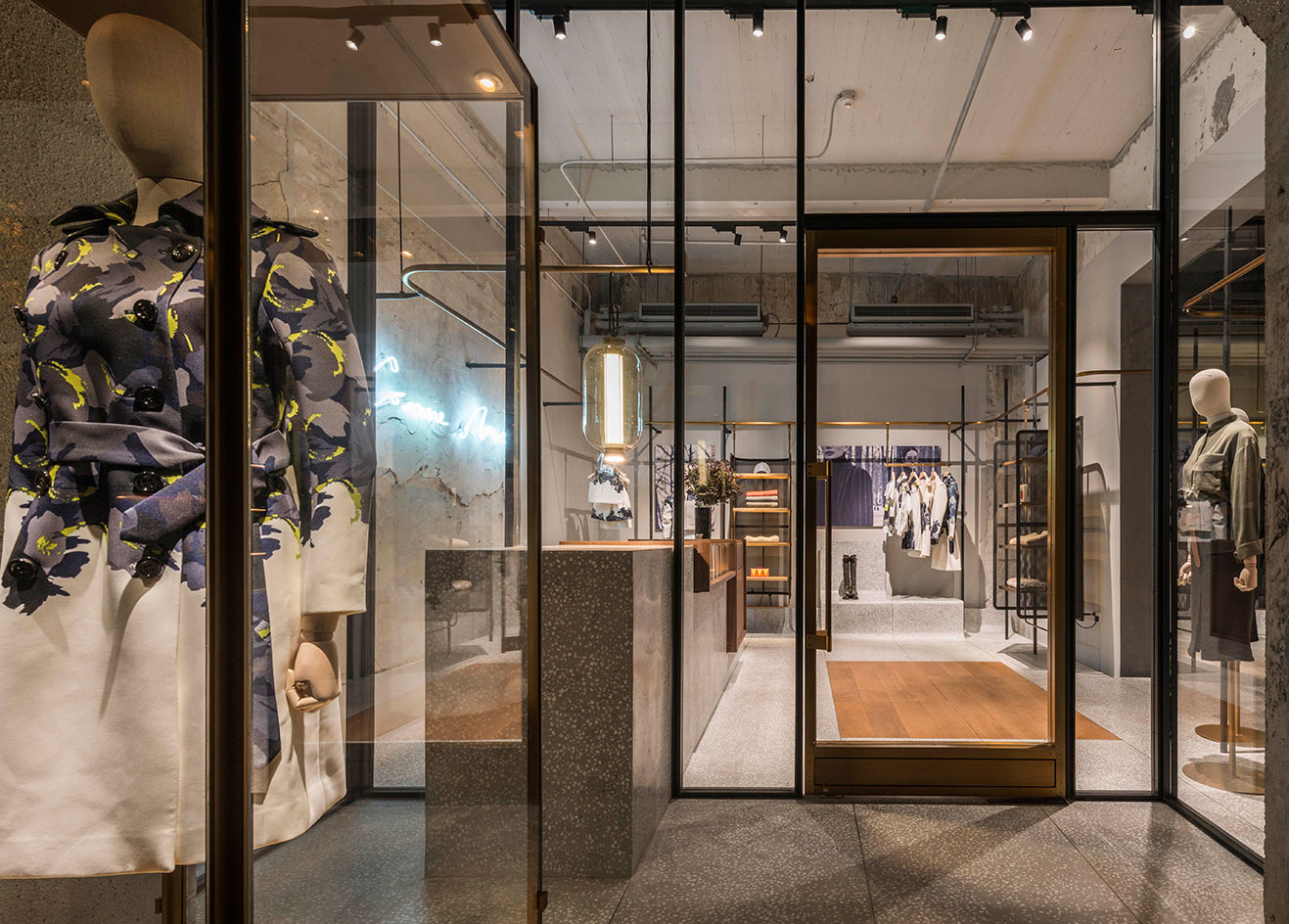
The new boutique occupies a prime spot within Shanghai’s Art Deco Donghu Hotel
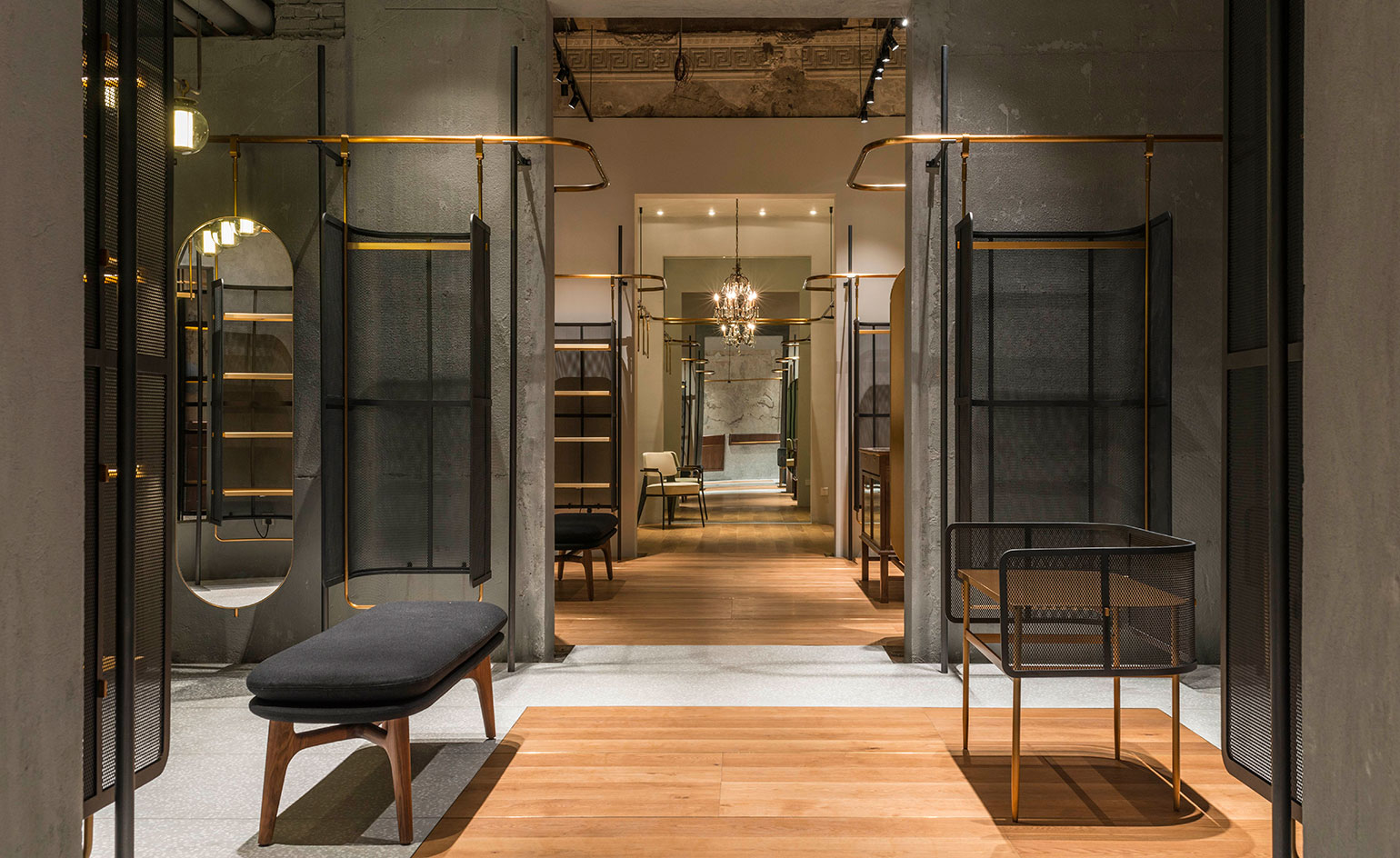
Here, Neri & Hu continued their trademark embrace of the past by blurring the line between old and new with a confident blend of rusticated modern luxe
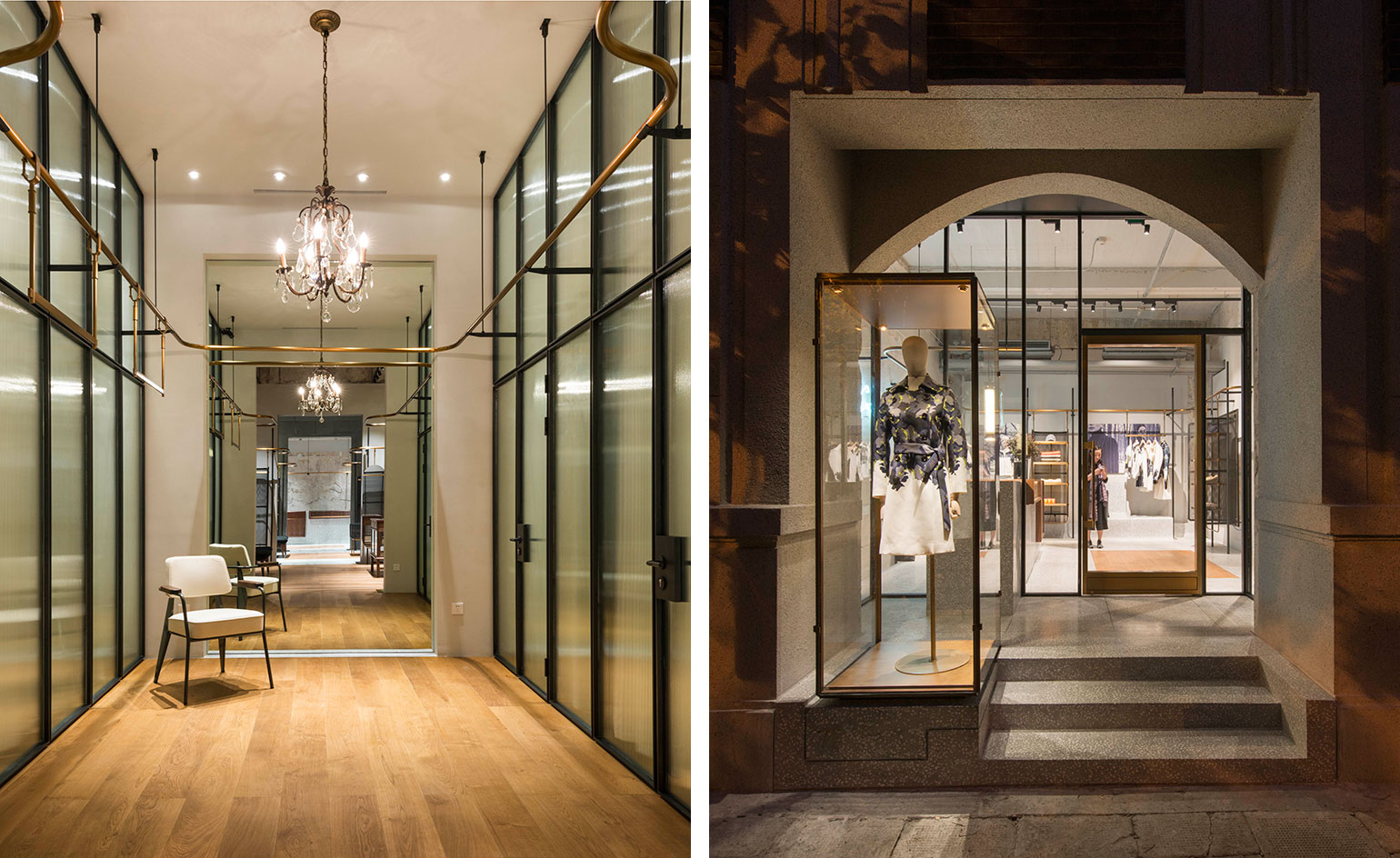
Four intimate chambers are linked with a retro futuristic brass rail that flows continuously throughout the store
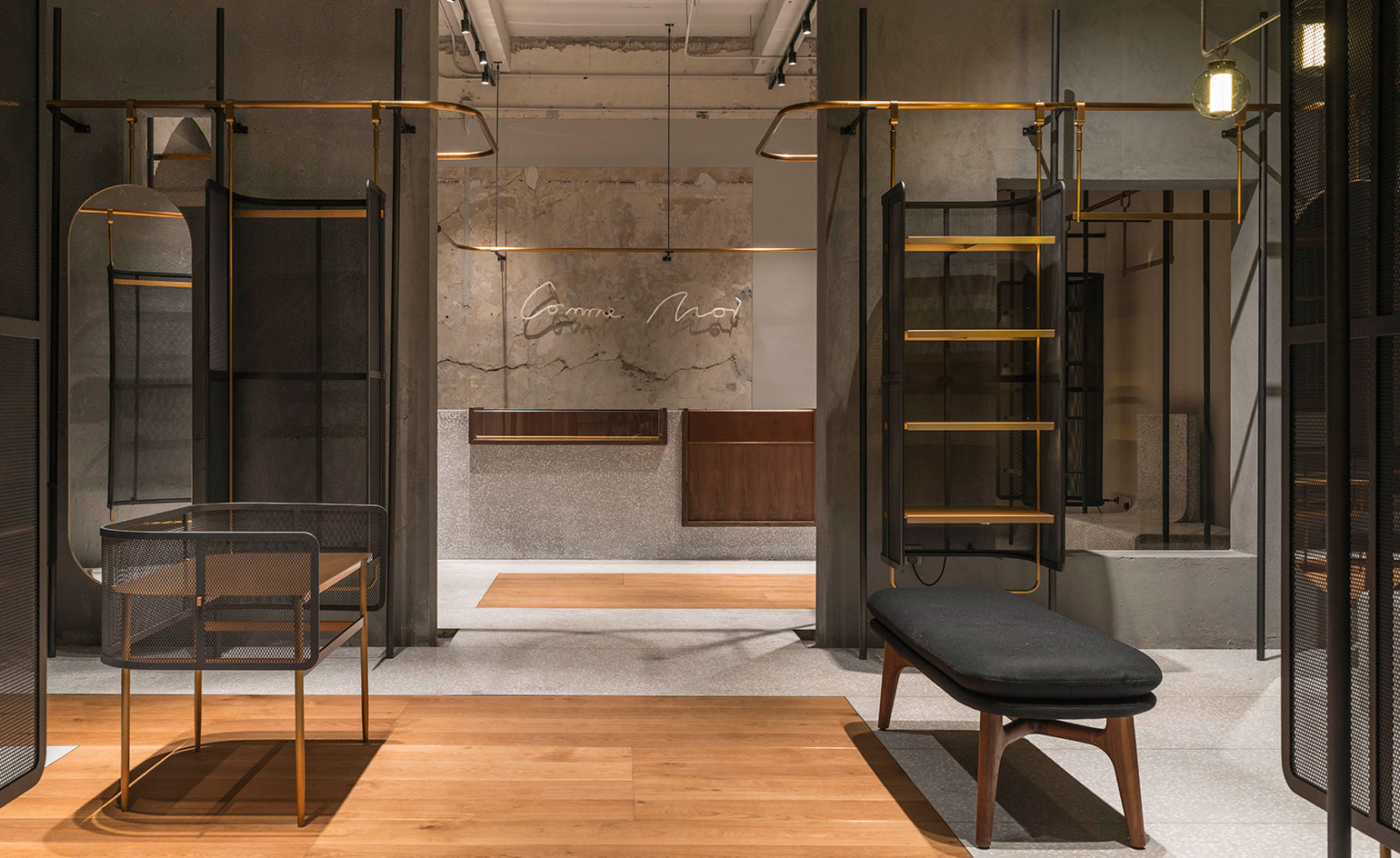
As well as acting as a unifying visual theme, the retro futuristic brass rail flows continuously throughout the store doubles as a distinctive frame for the designers’ metal mesh, cage-like cabinets
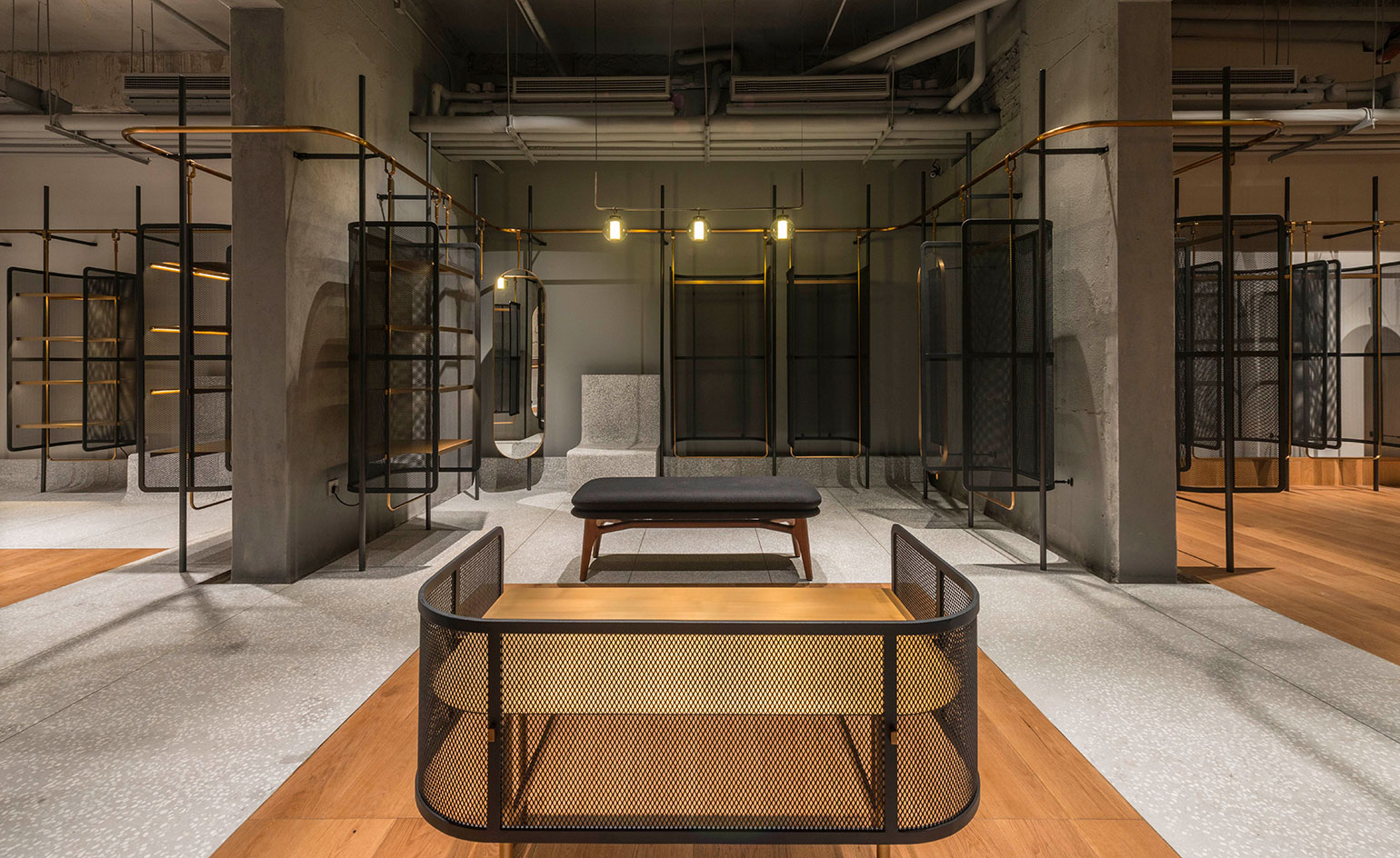
‘The hanging system and display shelves were all custom-designed for the project and add to the intricacies of the space set against the simple and muted backdrop walls,’ explains Rossana Hu
ADDRESS
Comme Moi
Donghu Hotel Annex Building
169 Xinle Road, Shanghai, China
Wallpaper* Newsletter
Receive our daily digest of inspiration, escapism and design stories from around the world direct to your inbox.
Catherine Shaw is a writer, editor and consultant specialising in architecture and design. She has written and contributed to over ten books, including award-winning monographs on art collector and designer Alan Chan, and on architect William Lim's Asian design philosophy. She has also authored books on architect André Fu, on Turkish interior designer Zeynep Fadıllıoğlu, and on Beijing-based OPEN Architecture's most significant cultural projects across China.
-
 Put these emerging artists on your radar
Put these emerging artists on your radarThis crop of six new talents is poised to shake up the art world. Get to know them now
By Tianna Williams
-
 Dining at Pyrá feels like a Mediterranean kiss on both cheeks
Dining at Pyrá feels like a Mediterranean kiss on both cheeksDesigned by House of Dré, this Lonsdale Road addition dishes up an enticing fusion of Greek and Spanish cooking
By Sofia de la Cruz
-
 Creased, crumpled: S/S 2025 menswear is about clothes that have ‘lived a life’
Creased, crumpled: S/S 2025 menswear is about clothes that have ‘lived a life’The S/S 2025 menswear collections see designers embrace the creased and the crumpled, conjuring a mood of laidback languor that ran through the season – captured here by photographer Steve Harnacke and stylist Nicola Neri for Wallpaper*
By Jack Moss
-
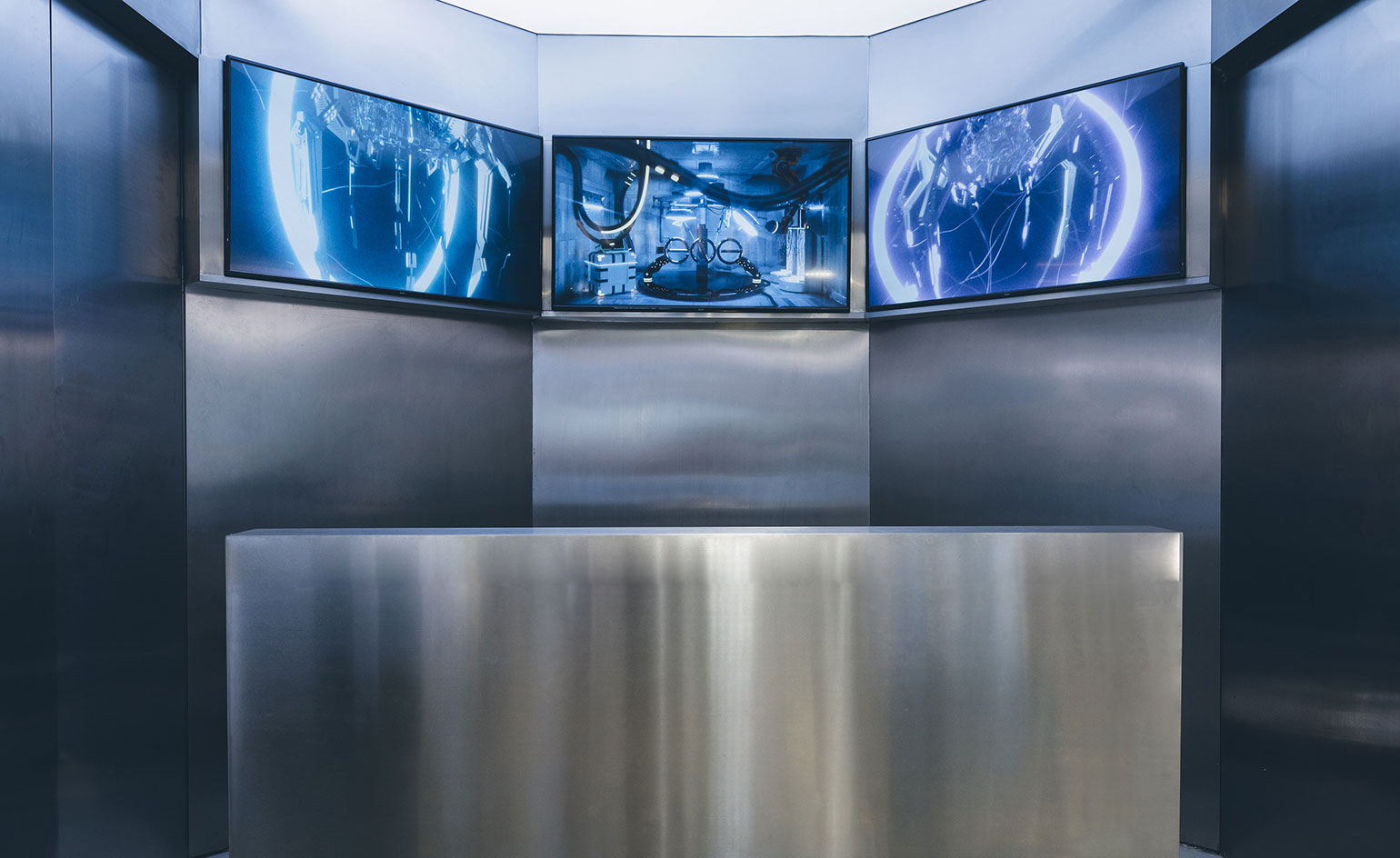 ENG Shanghai: Minority Report-inspired retail for the Gen Z mind
ENG Shanghai: Minority Report-inspired retail for the Gen Z mindENG Shanghai opens its second luxury fashion concept store aimed at Gen Z customers, inside the city’s TX Mall, featuring artworks by Carlos Saez, robotic arms and cyborg-like mannequins
By Laura Hawkins
-
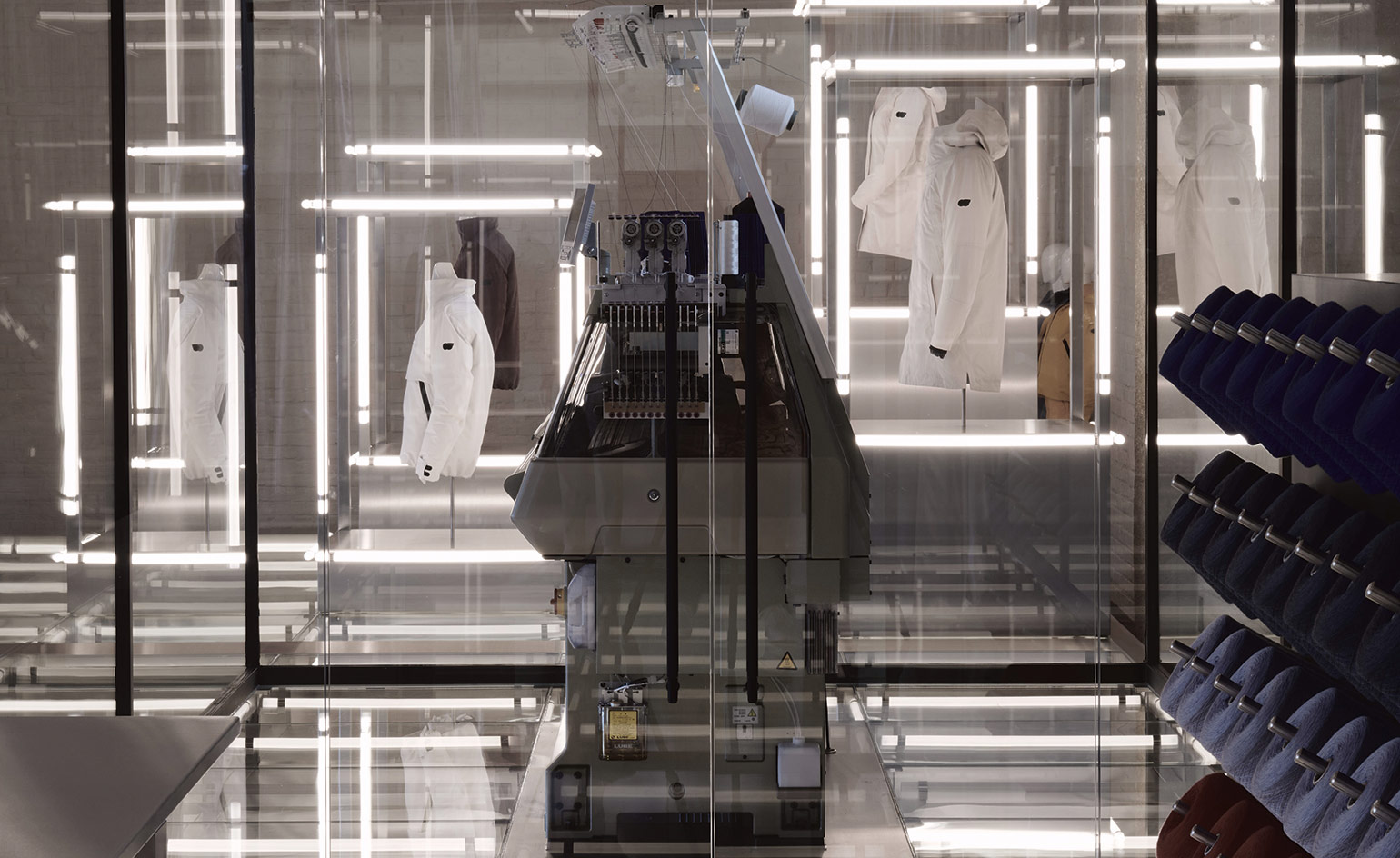 AlphaTauri’s Salzburg HQ is a science fiction fantasy
AlphaTauri’s Salzburg HQ is a science fiction fantasyBrowse in-store, buy online: the future-focused mentality of AlphaTauri
By Simon Mills
-
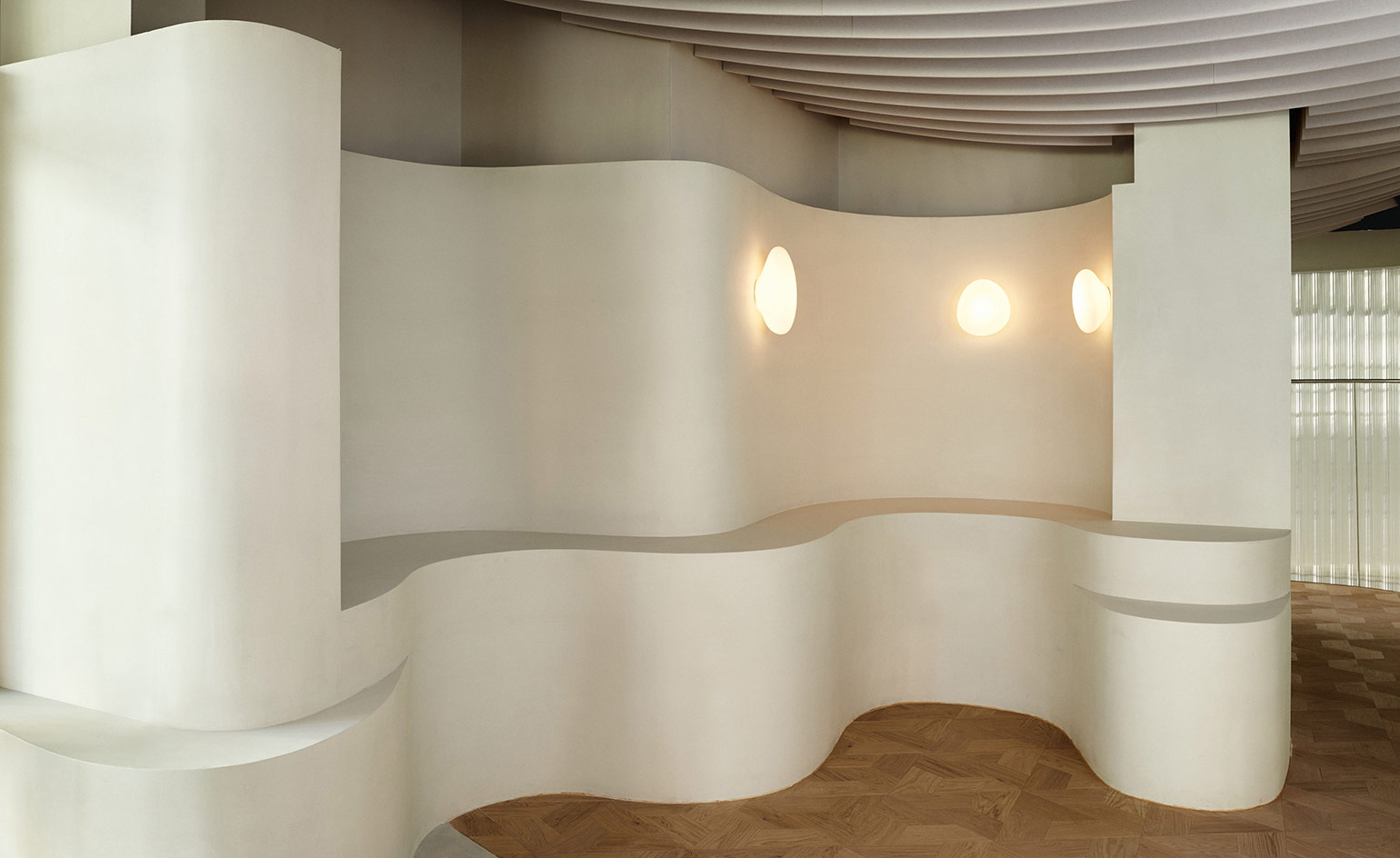 Water inspires Holzweiler’s Snøhetta-designed Oslo flagship
Water inspires Holzweiler’s Snøhetta-designed Oslo flagshipHolzweiler Platz, the new retail destination of fashion brand Holzweiler in Oslo, is designed by architects Snøhetta as a naturalistic space that unites fashion, art and food
By Laura Hawkins
-
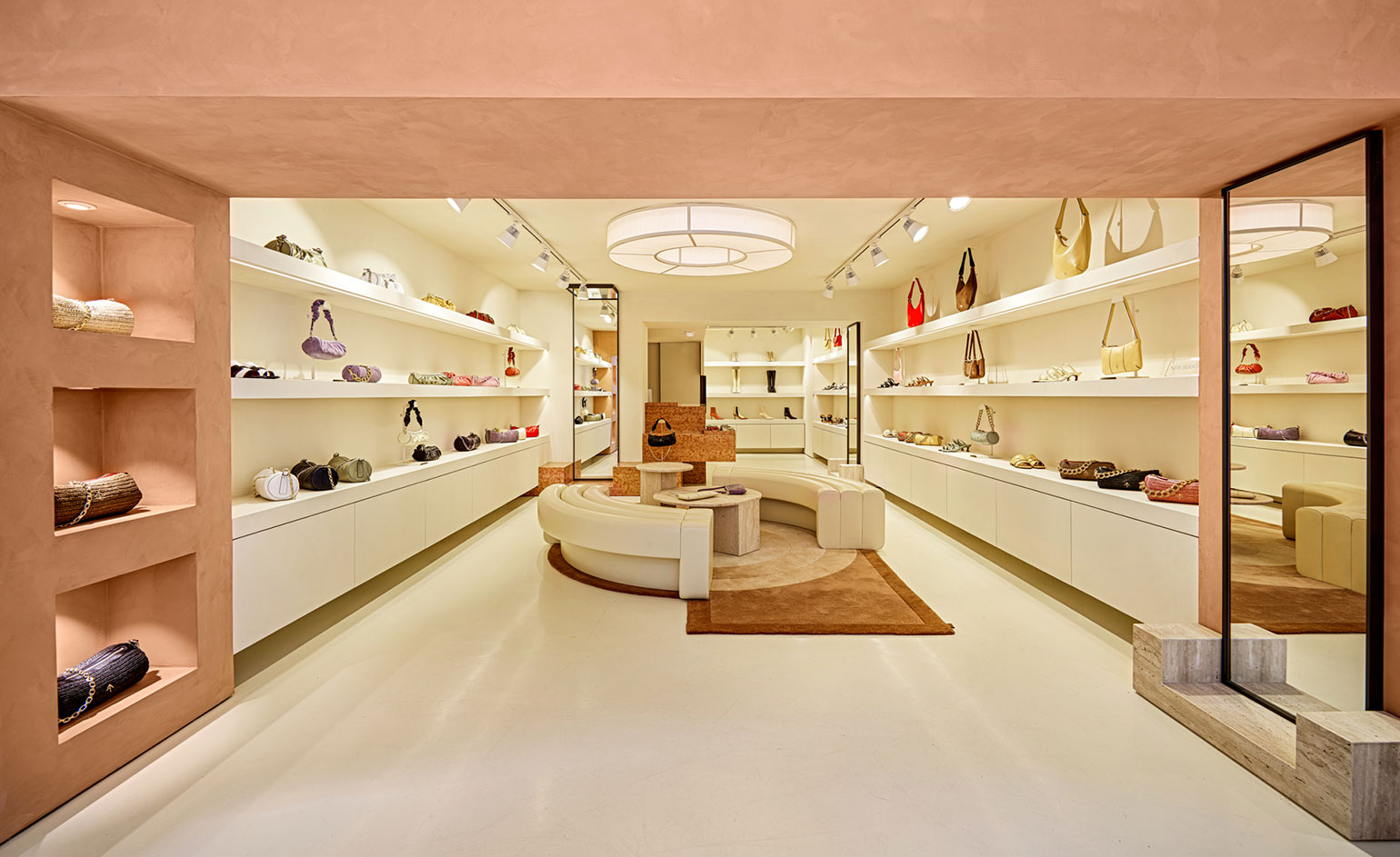 Manu Atelier's first boutique nods to Le Corbusier in Istanbul
Manu Atelier's first boutique nods to Le Corbusier in IstanbulThe cult Istanbul-based label introduces bold, sculptural expressionism into this first bricks and mortar store
By Laura Hawkins
-
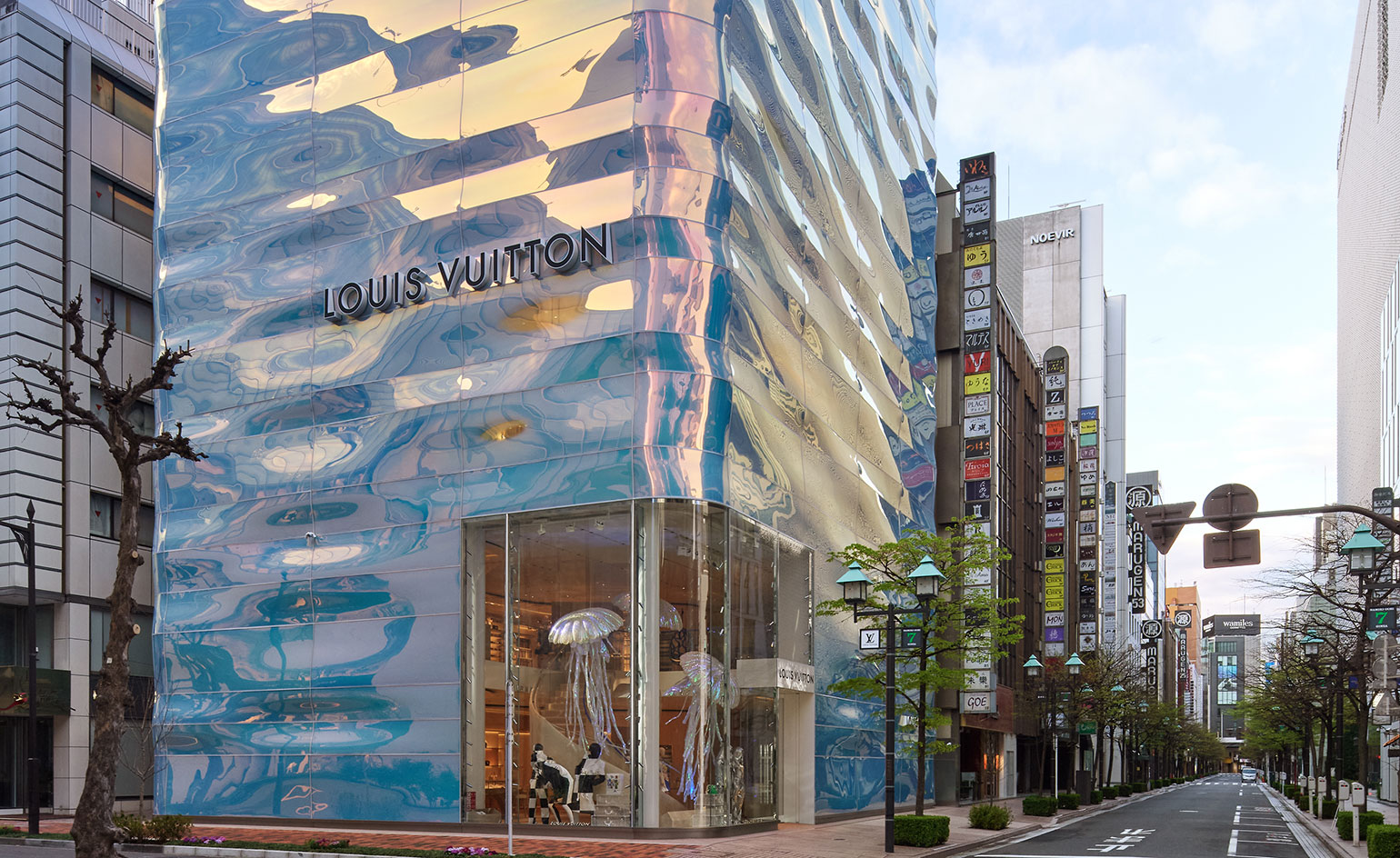 Louis Vuitton's Ginza Namiki flagship evokes a rippling pillar of water
Louis Vuitton's Ginza Namiki flagship evokes a rippling pillar of waterJapanese architect Jun Aoki creates a water-like facade for Louis Vuitton's Ginza Namiki Tokyo flagship
By Danielle Demetriou
-
 Alternative retail websites for fashionable festive gifting
Alternative retail websites for fashionable festive giftingLook to luxury etailers Rêve En Vert, APOC Store and Doda the Store, Aspect and Zero-Living for feel-good gifting options that support emerging creatives and artists, and have a sustainability-focused mindset
By Laura Hawkins
-
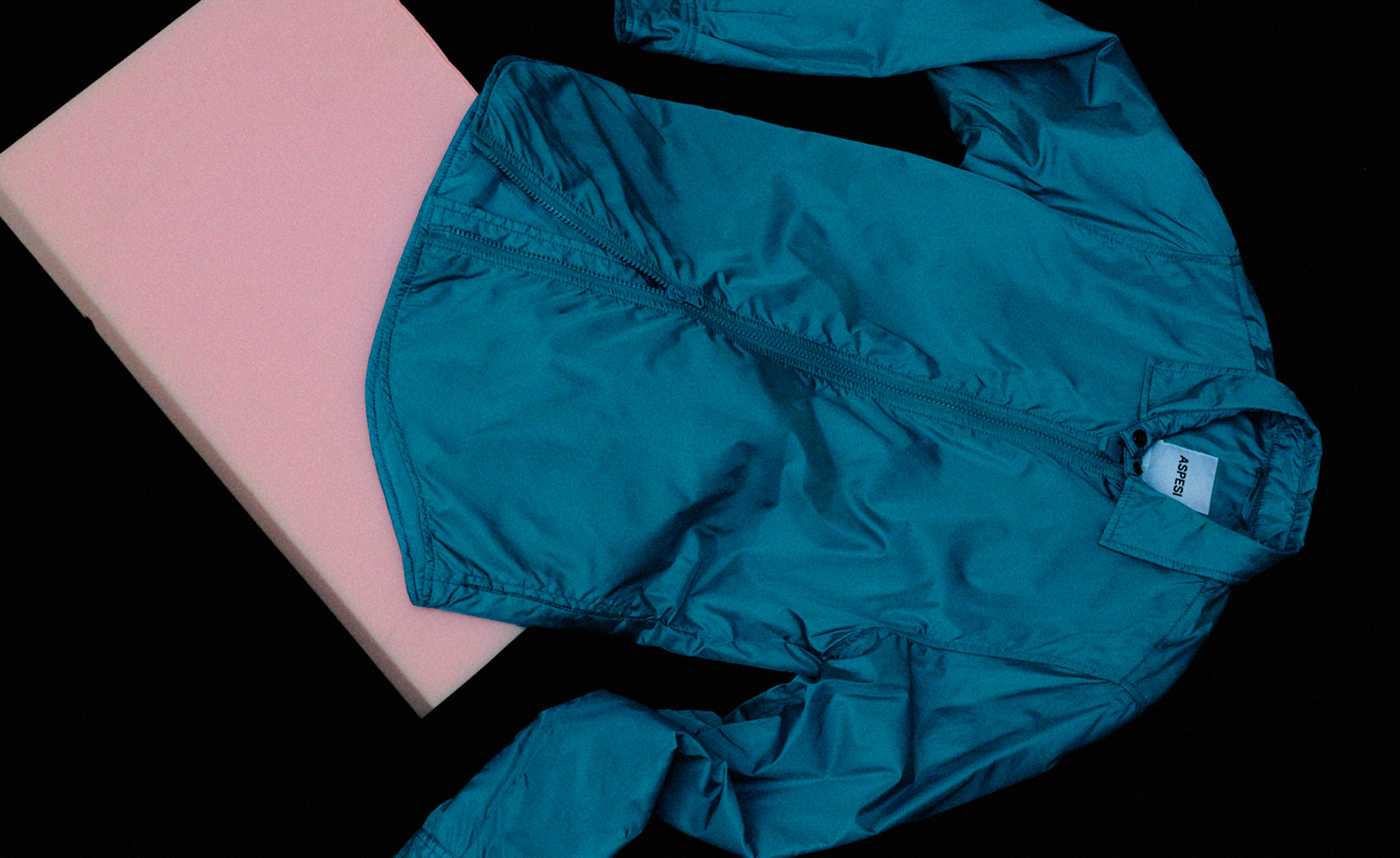 Aspesi’s upcycled shirt is a winter wardrobe staple
Aspesi’s upcycled shirt is a winter wardrobe stapleThe Italian brand's Shirt-Jacket 13 silhouette is well padded with eco-credentials
By Laura Hawkins
-
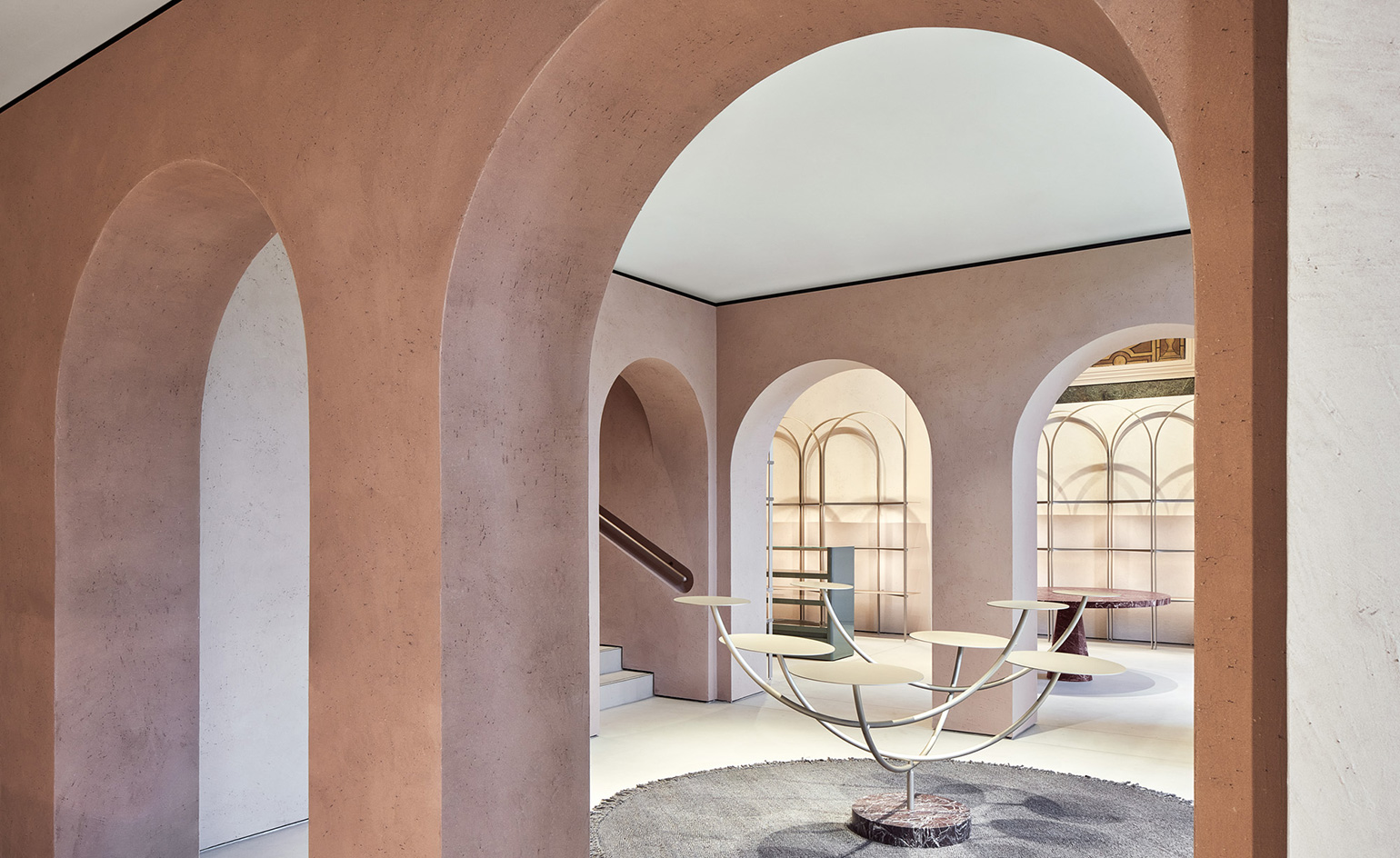 David Chipperfield designs Furla's new flagship in Milan's historic Piazza Duomo
David Chipperfield designs Furla's new flagship in Milan's historic Piazza DuomoGio Ponti, Vico Magistretti and Achille Castiglione inspire the brand's newest Milan boutique
By Laura Hawkins